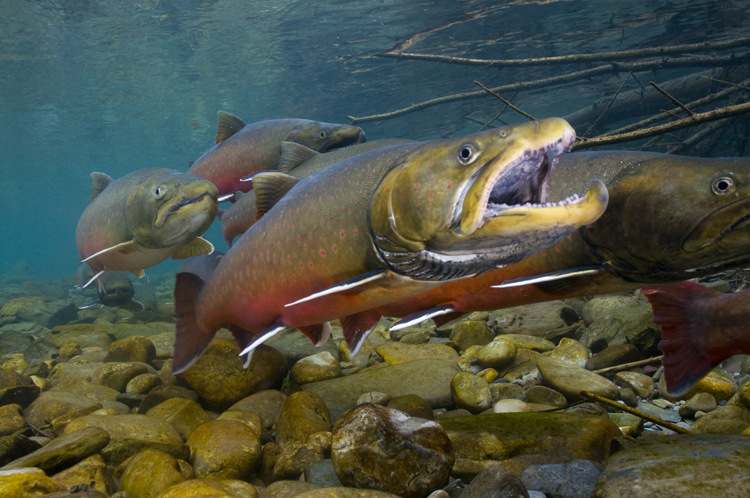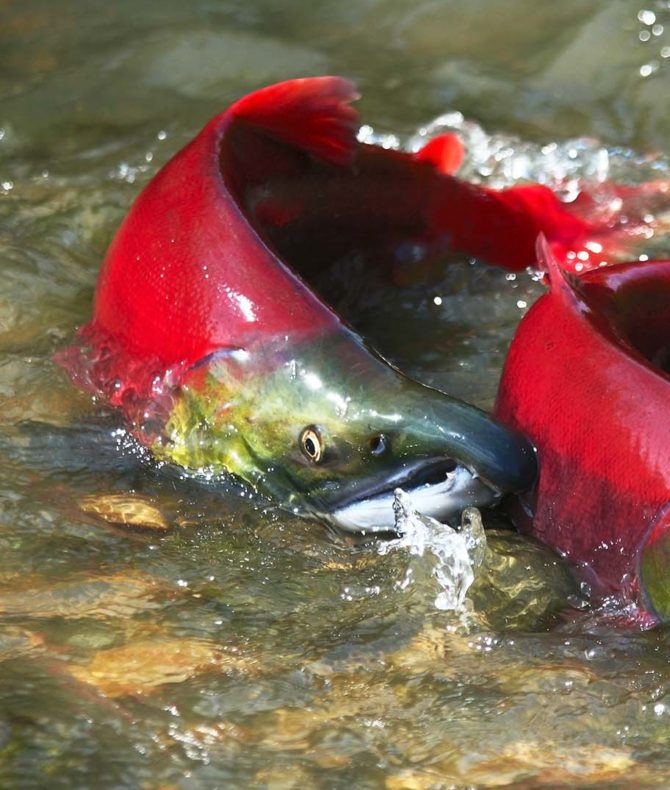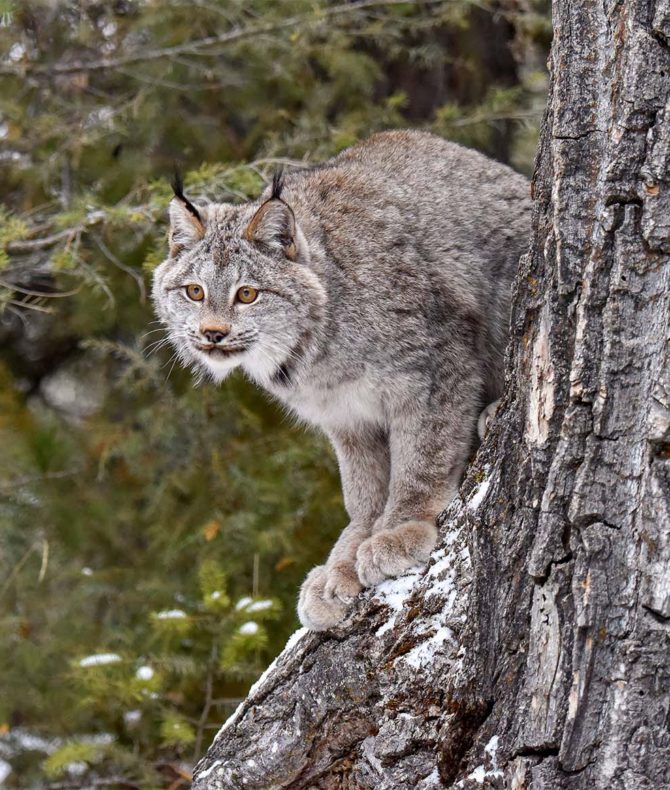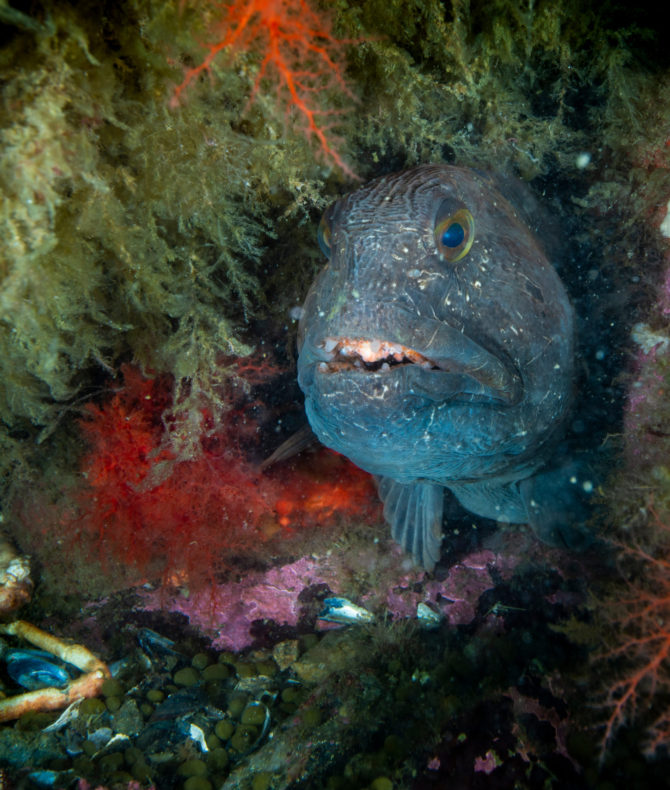About
The Elk River Watershed in southeastern British Columbia is home to both ecologically and culturally important populations of Westslope Cutthroat Trout, which contributes to the sustenance, cultural, and ceremonial needs of the Ktunaxa people. In addition to their cultural importance, Westslope Cutthroat Trout is an ecological keystone species that contributes to nutrient deposition in small, cold-water streams and lakes that are not accessible to most other fish species. For these reasons, it is critically important that freshwater connectivity is maintained and restored to allow this species to both move within the watershed in response to climate change, as well as to access historic tributary streams for spawning.

Challenge
Westslope Cutthroat Trout populations have declined in recent years due to a combination of pressures, which includes the fragmentation of stream habitat due to road- and rail-stream crossings that act as barriers to fish passage. However, aquatic barrier remediation is both complex and costly, and understanding the relative trade-offs of different remediation options requires participation and buy-in from a variety of stakeholders and rightsholders to ensure that decisions are made using the best available information, and that solutions are designed and implemented by local communities in the watershed.
Solutions
Global Conservation Solutions partnered with the Canadian Wildlife Federation to bring together a diverse team of partners to develop a Watershed Connectivity Remediation Plan (WCRP) for the Elk River watershed. Using the Conservation Standards planning framework, this 30-year action plan blends local stakeholder and rightsholder knowledge with innovative GIS analyses to gain a shared understanding of where remediation efforts will have the greatest benefit for Westslope Cutthroat Trout. The Elk River WCRP planning team is comprised of 15 partner organizations, including NGOs, Indigenous Nations, provincial and federal government agencies, and industry groups, each of which has contributed to identifying priority actions that will reduce the threat of aquatic barriers and restore fish passage in the watershed.
Results
The Elk River WCRP identifies two overarching strategies – barrier remediation and barrier prevention. Both of these strategies contain a suite of actions with an associated budget and monitoring plan to test their effectiveness toward reaching the project goals. A total of 34 aquatic barriers have been identified that, if remediated, will provide the greatest ecological return on investment for Westslope Cutthroat Trout in the Elk. Preparations are now underway to begin this remediation work, and these collaborative efforts will continue for the next 30 years under the current plan. With the blueprint for success designed, the team has set the course for positive change for Westslope Cutthroat Trout and the many other species of fish that the Elk River watershed supports.




